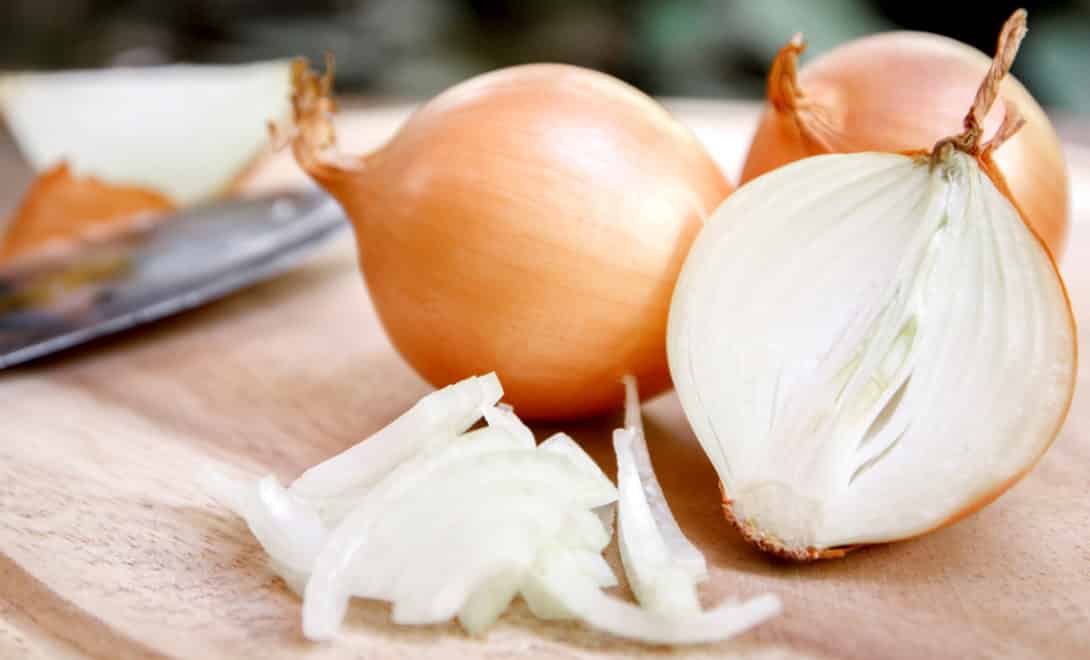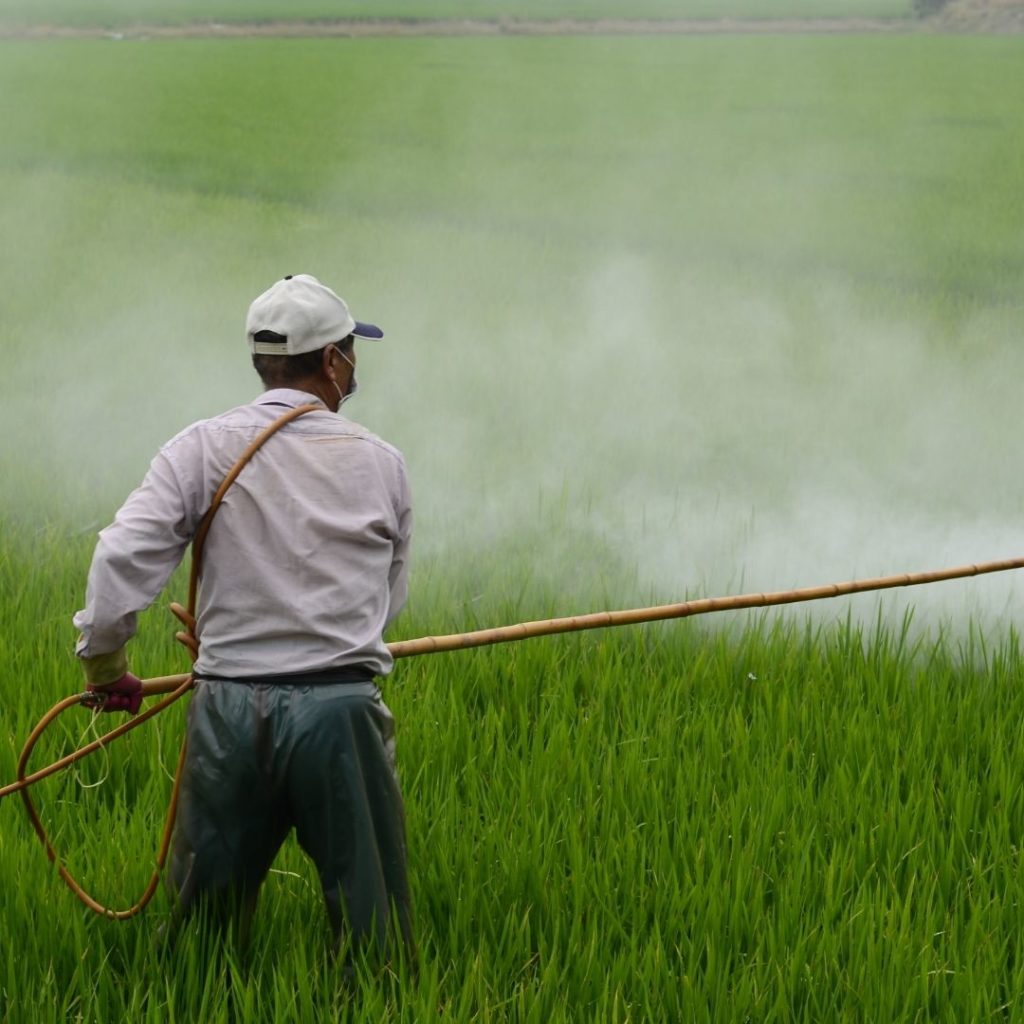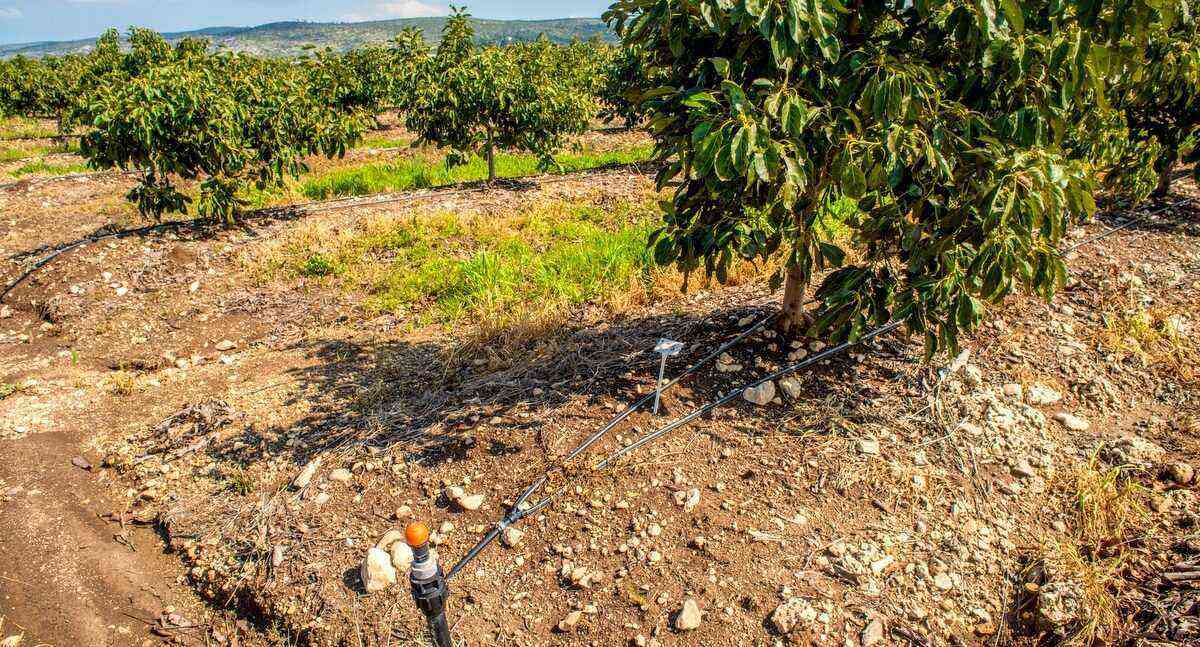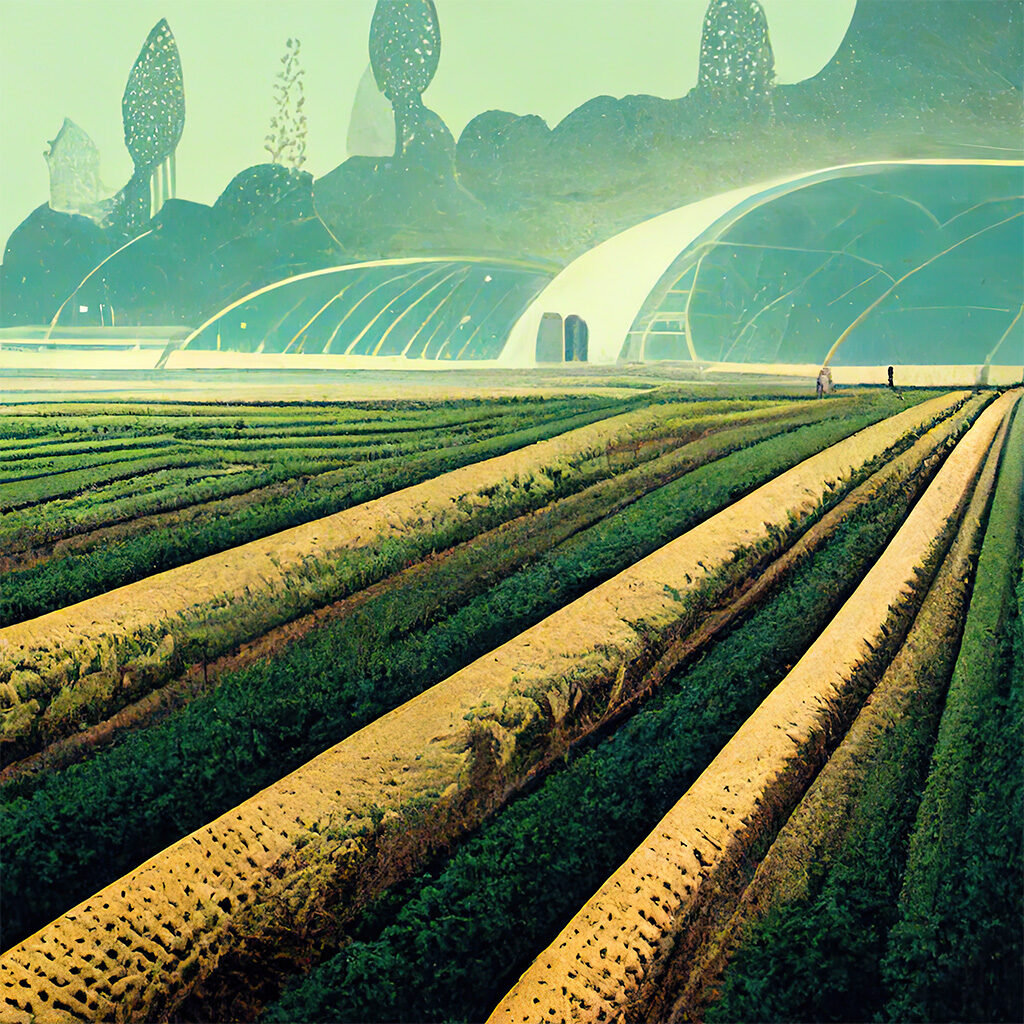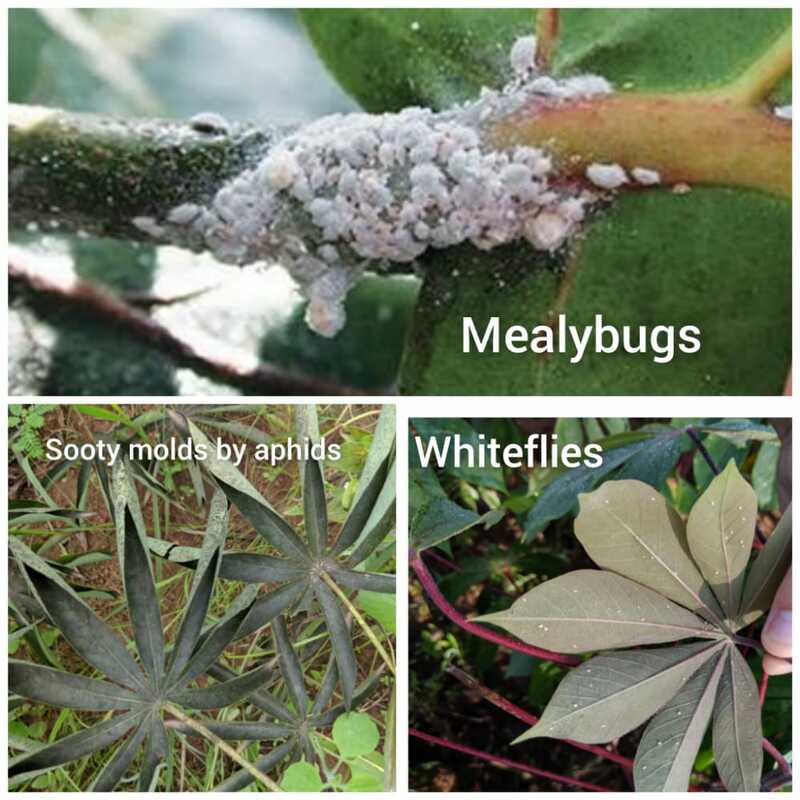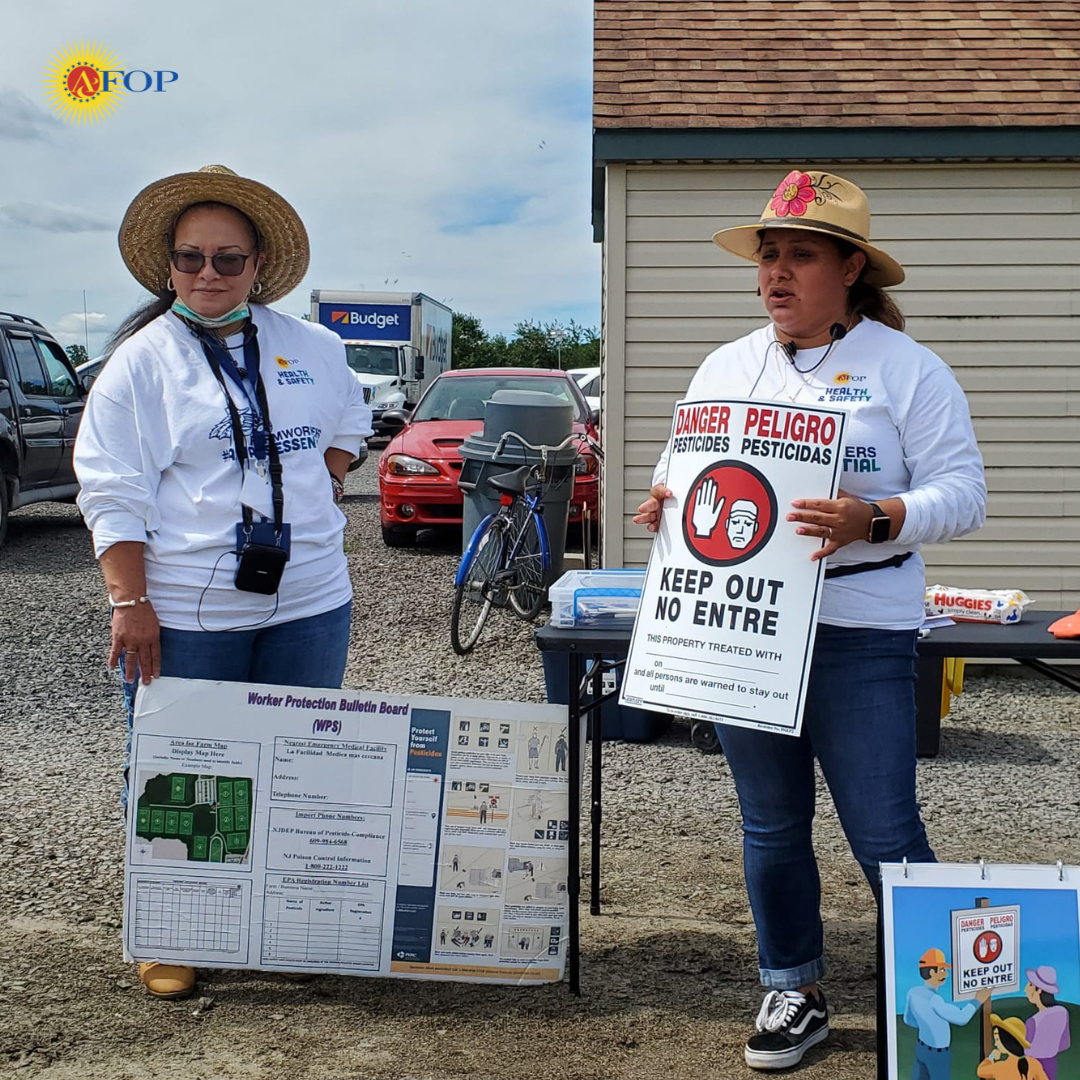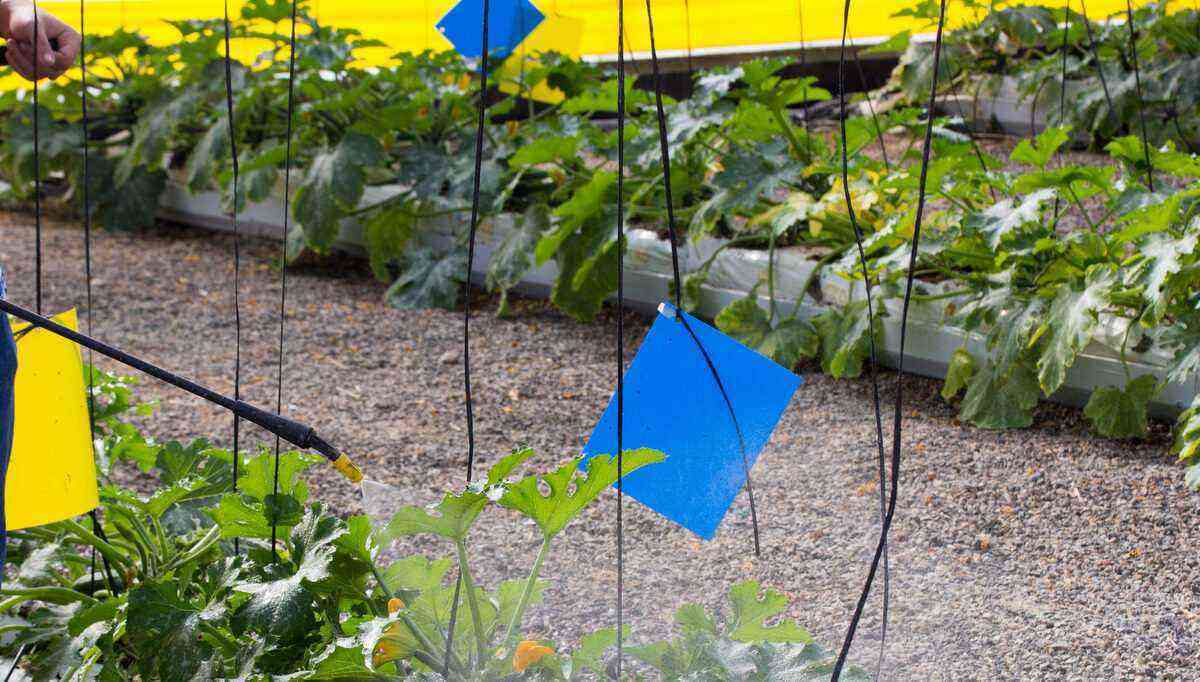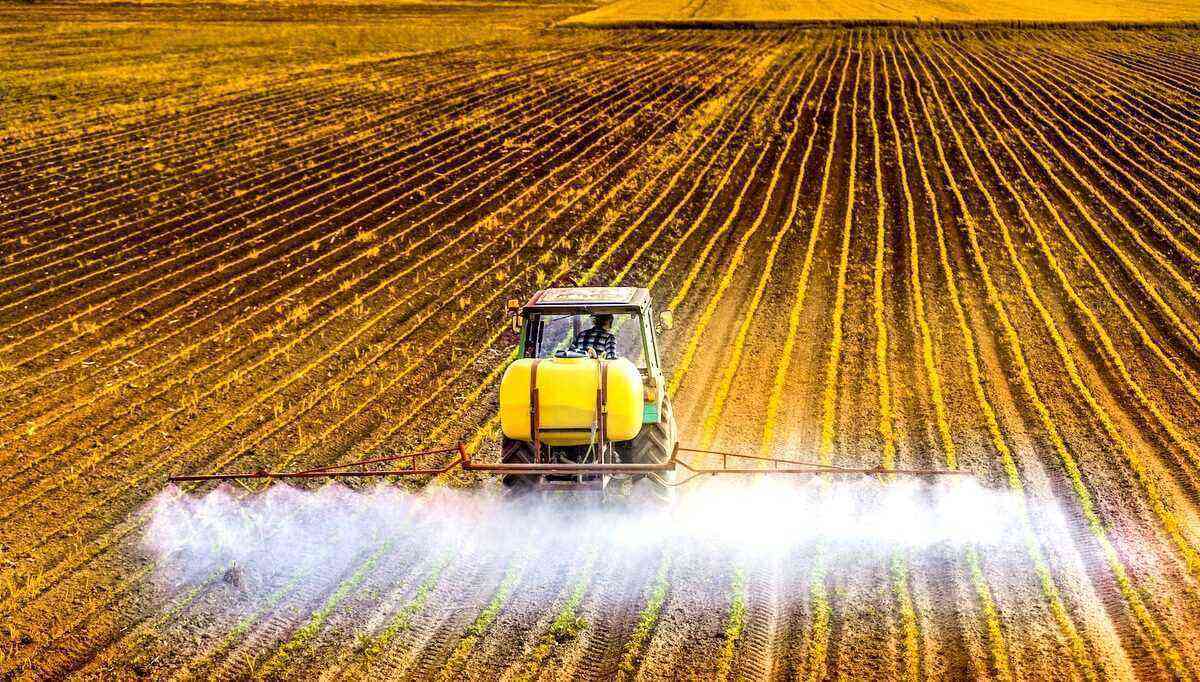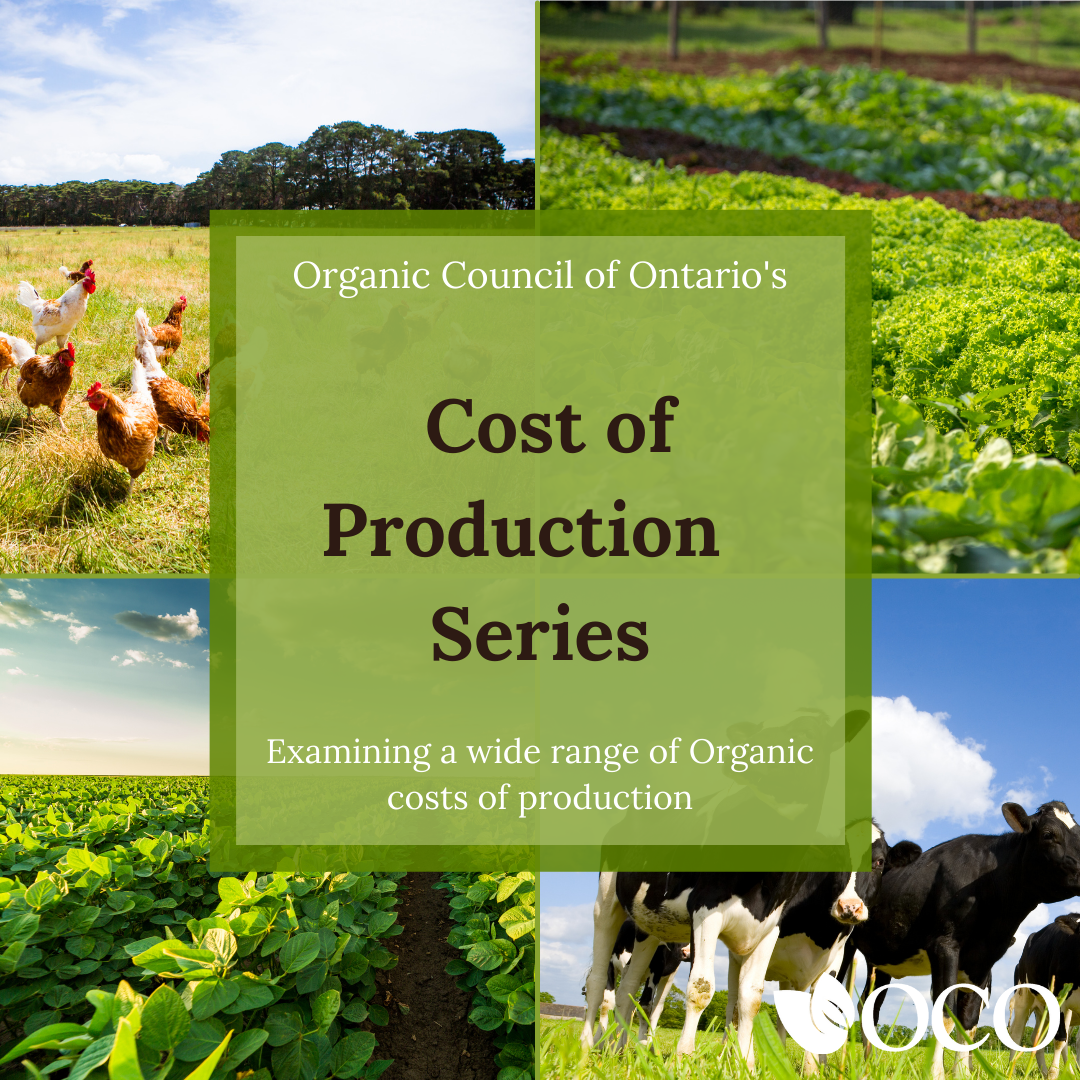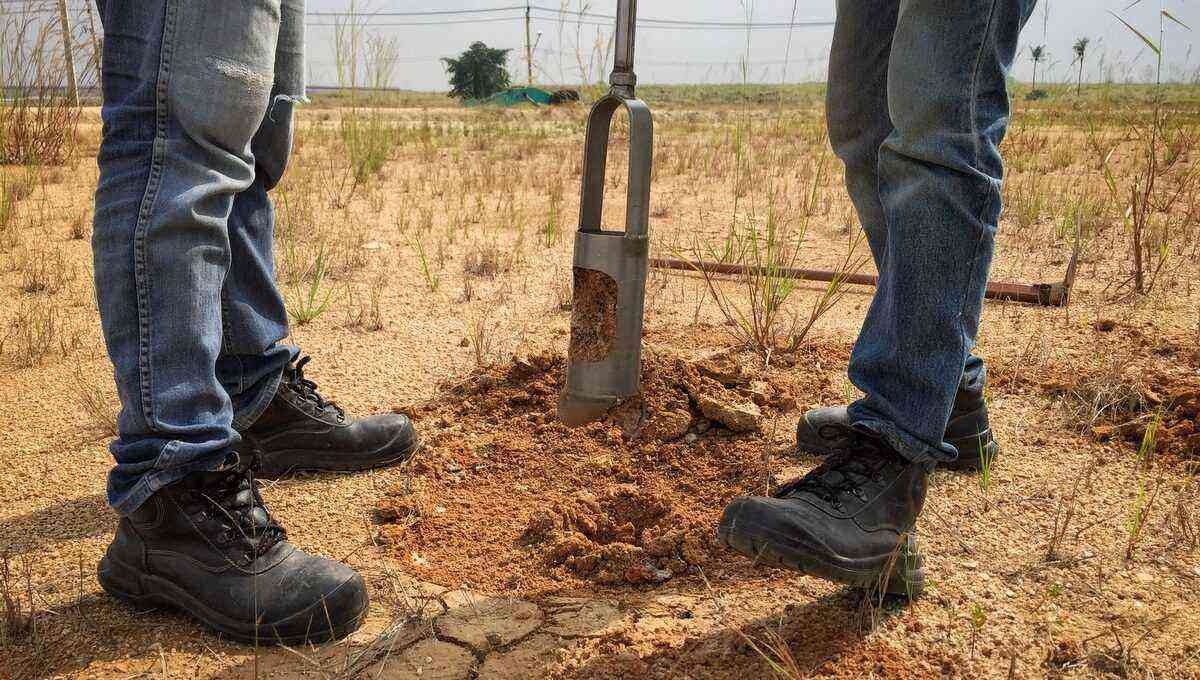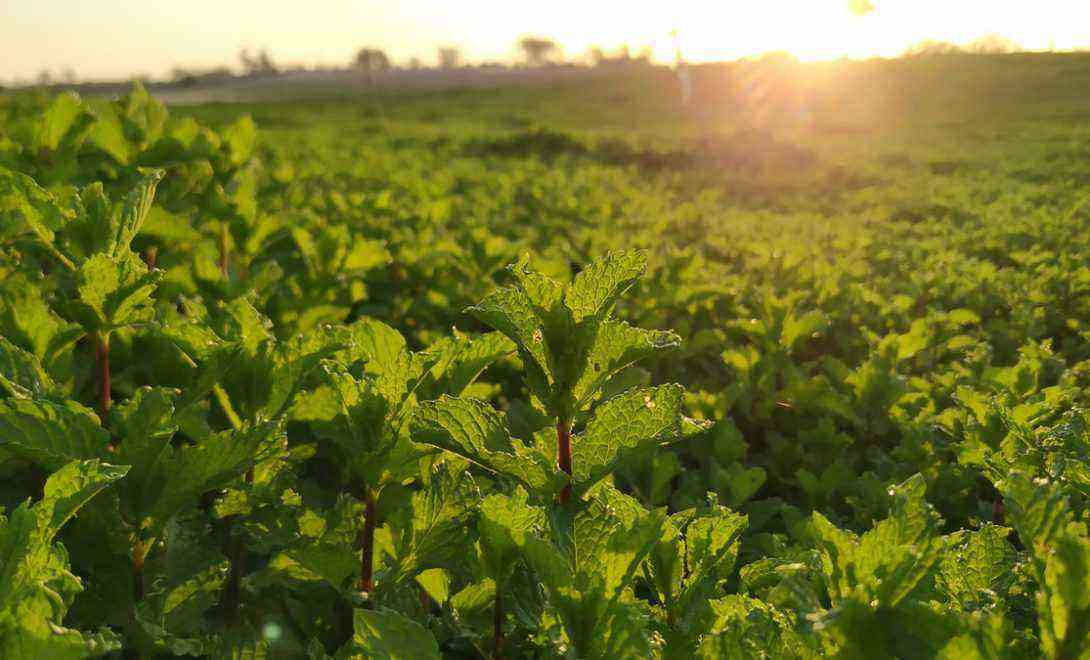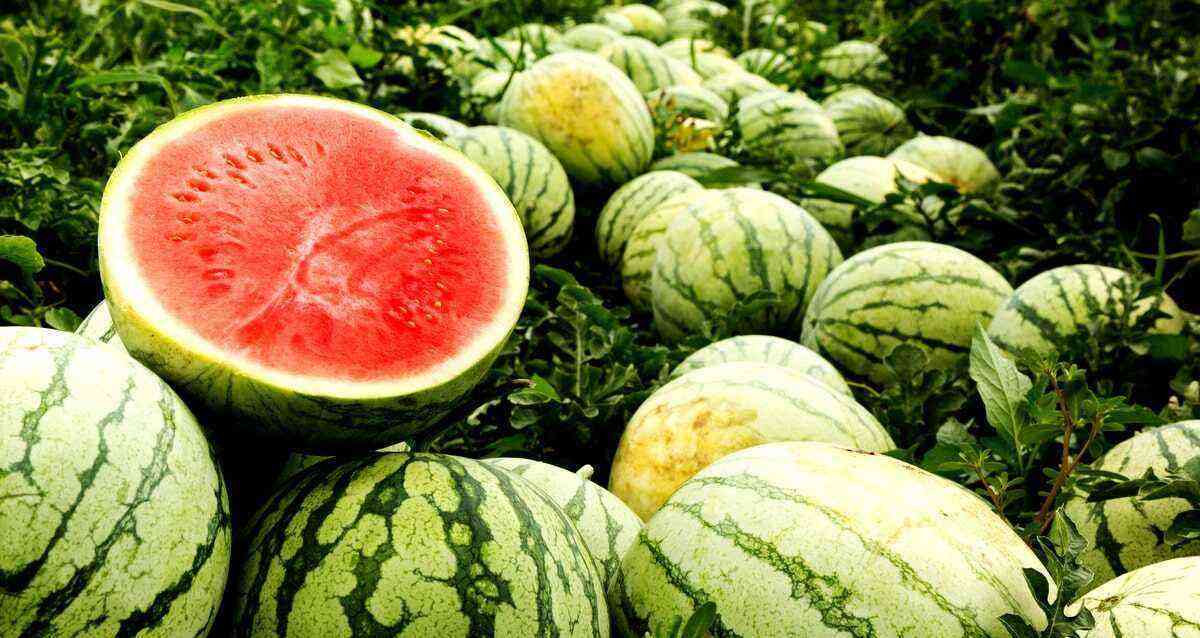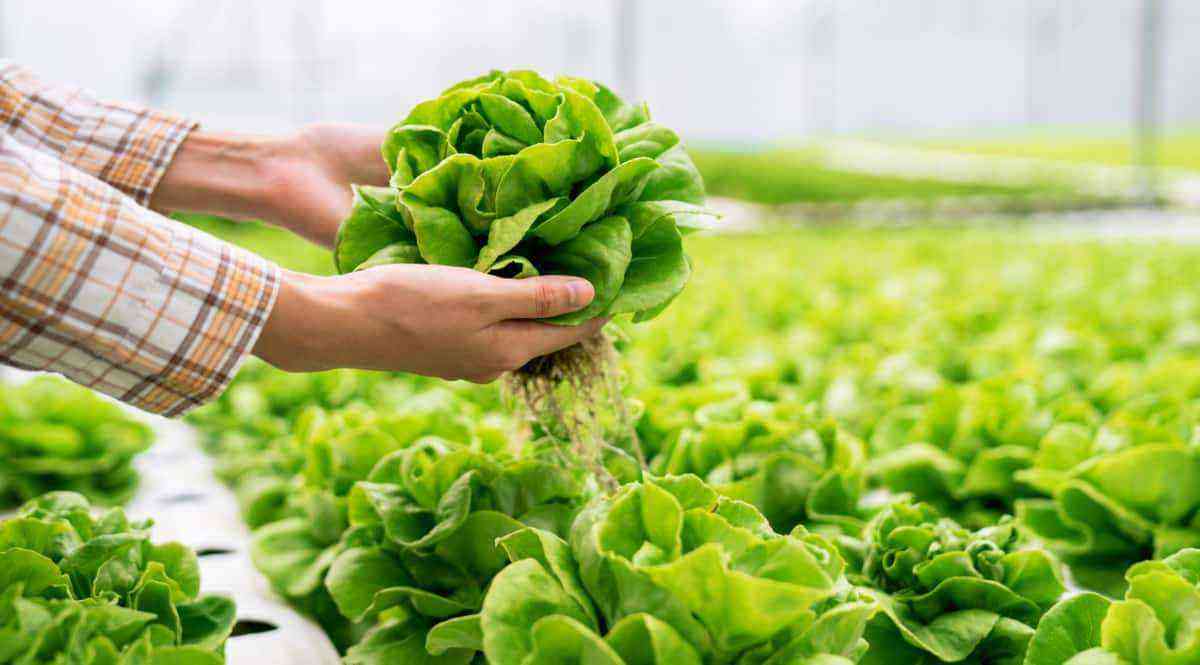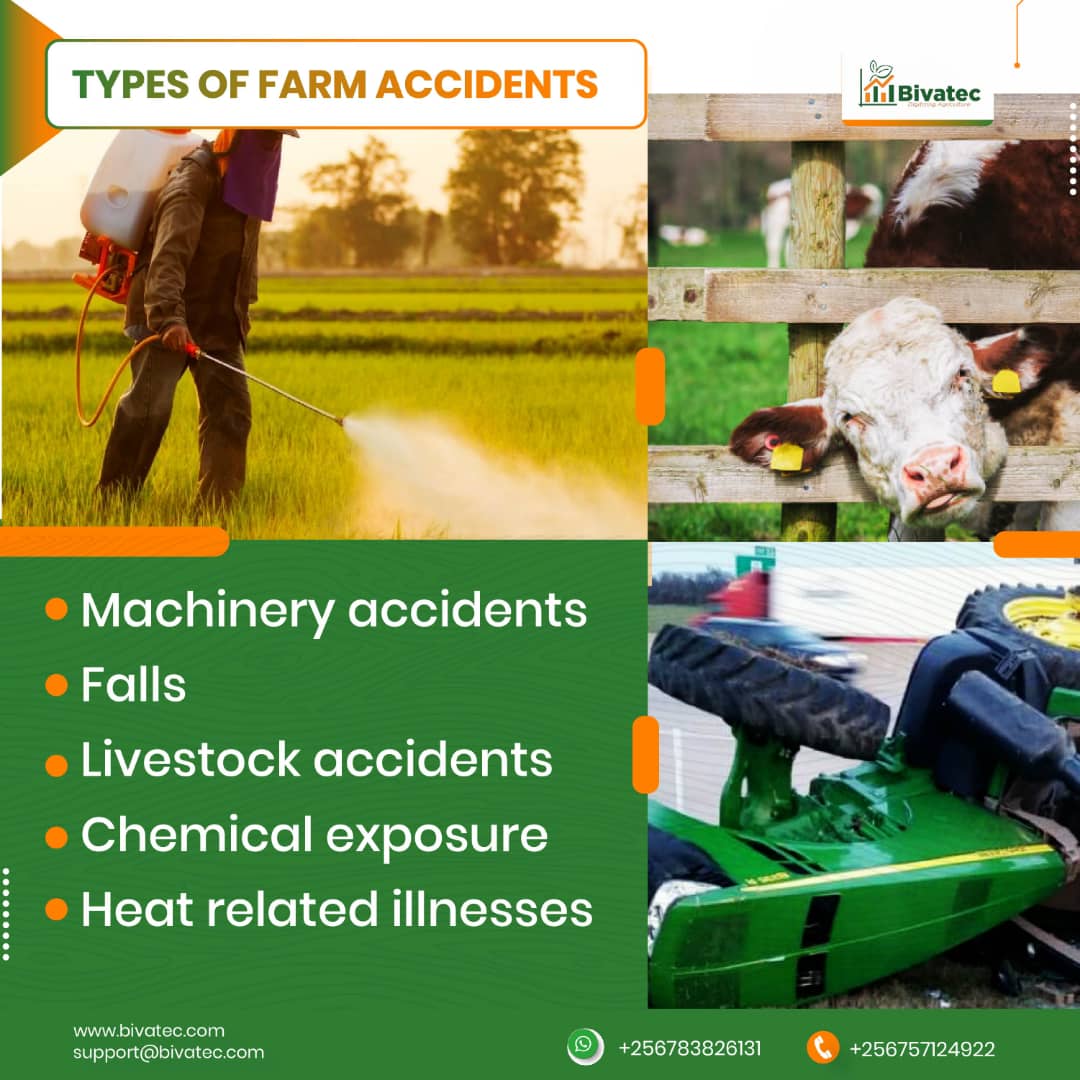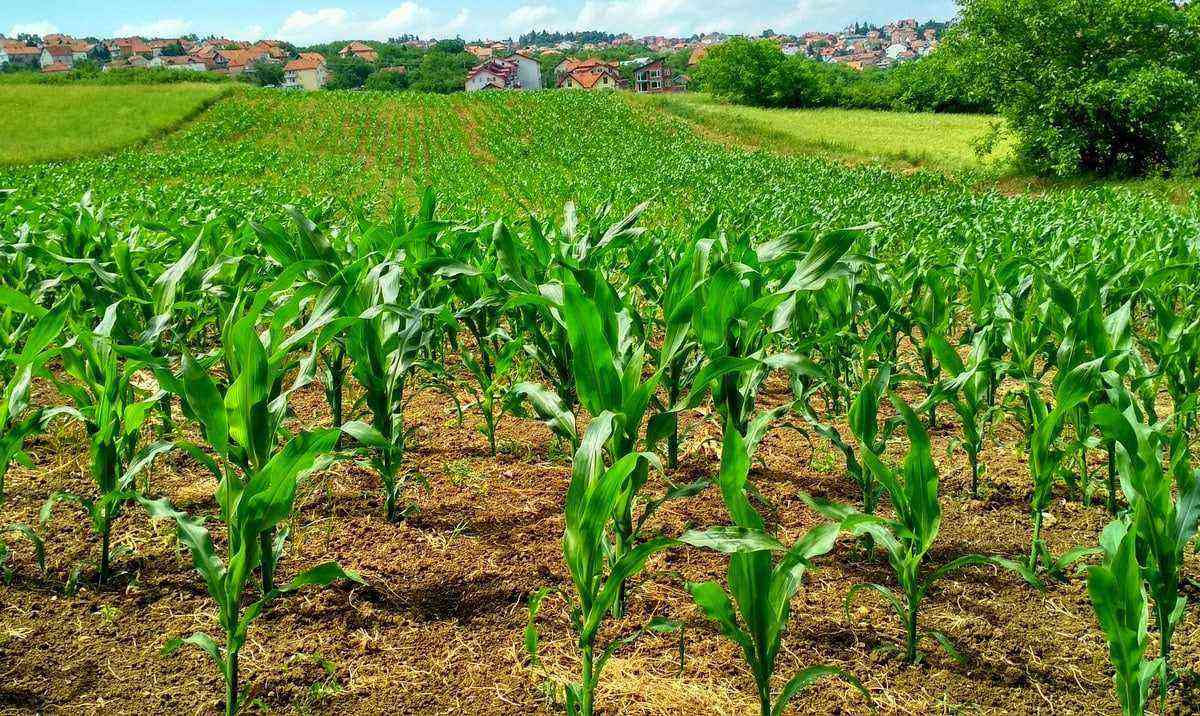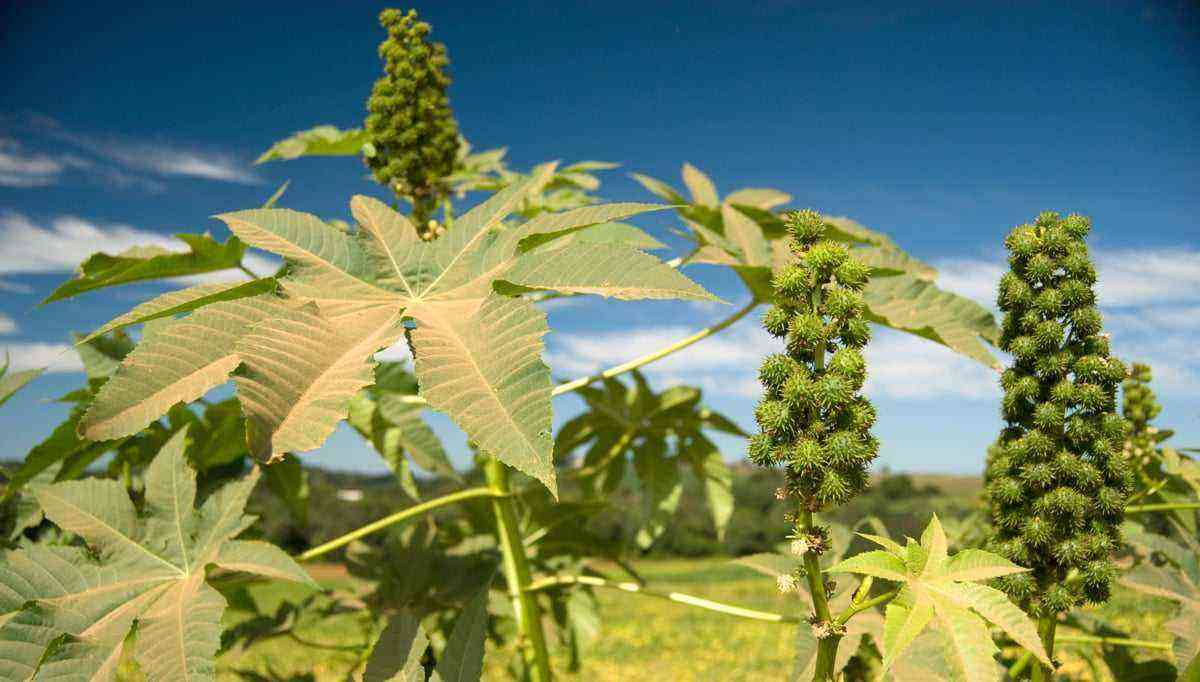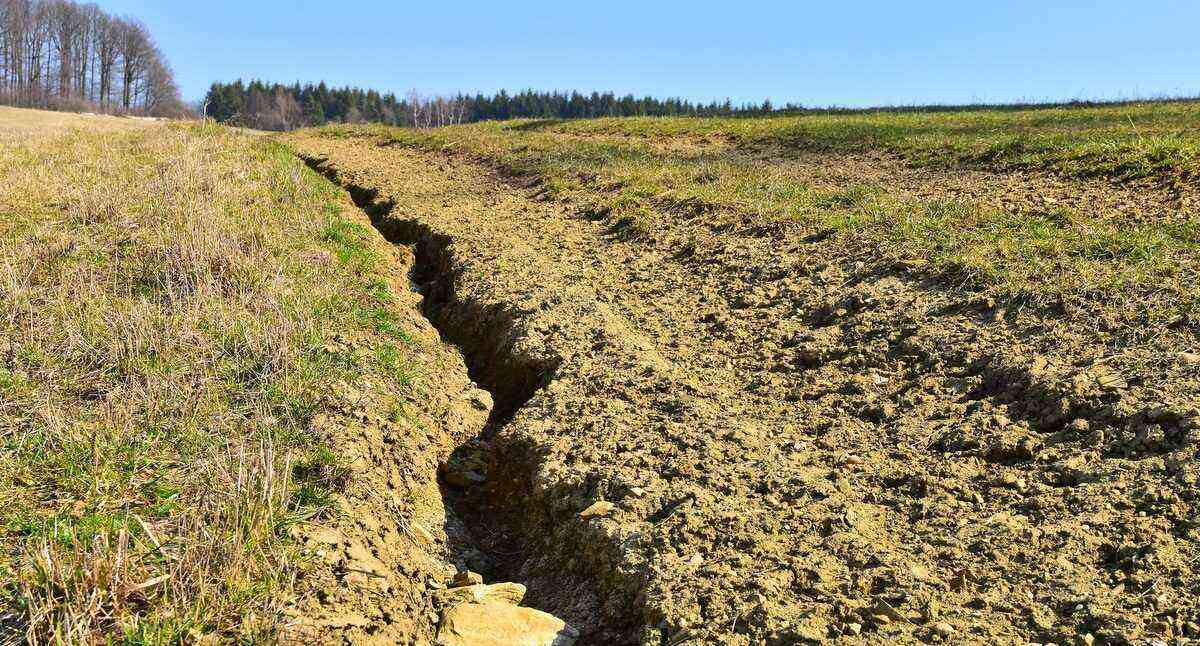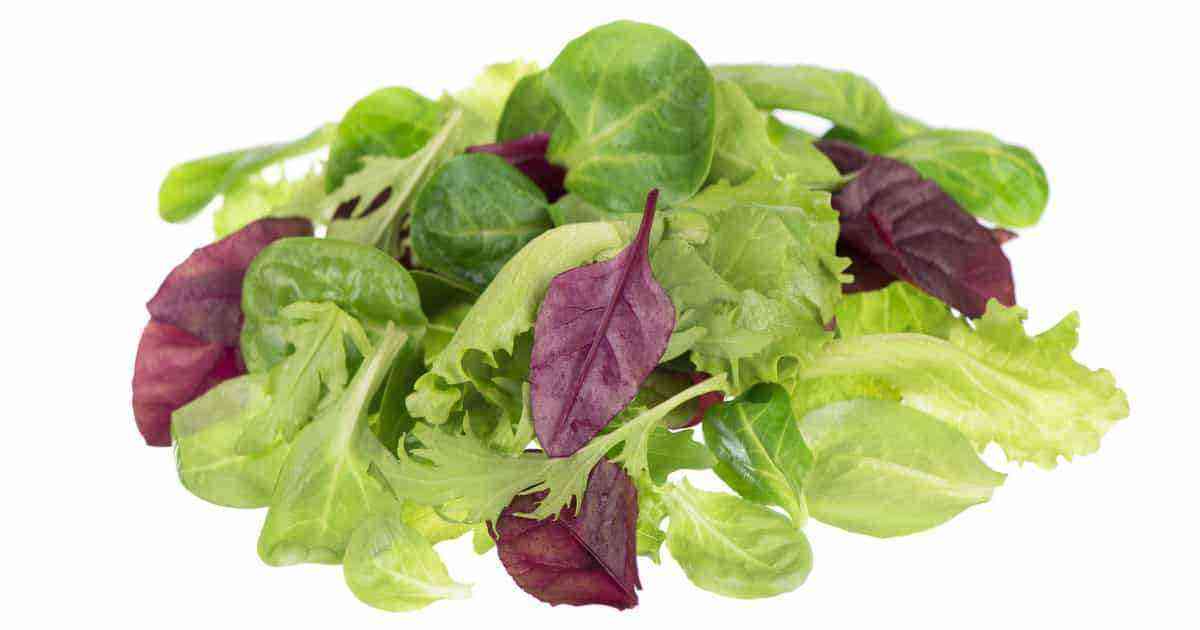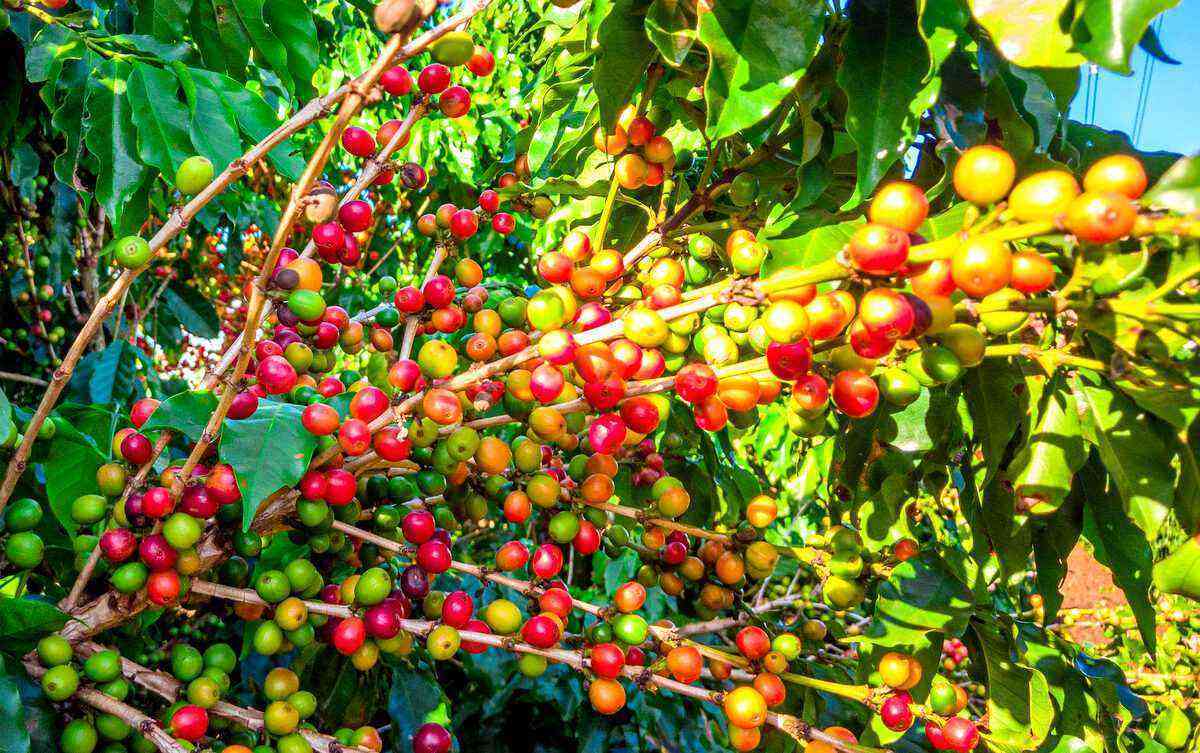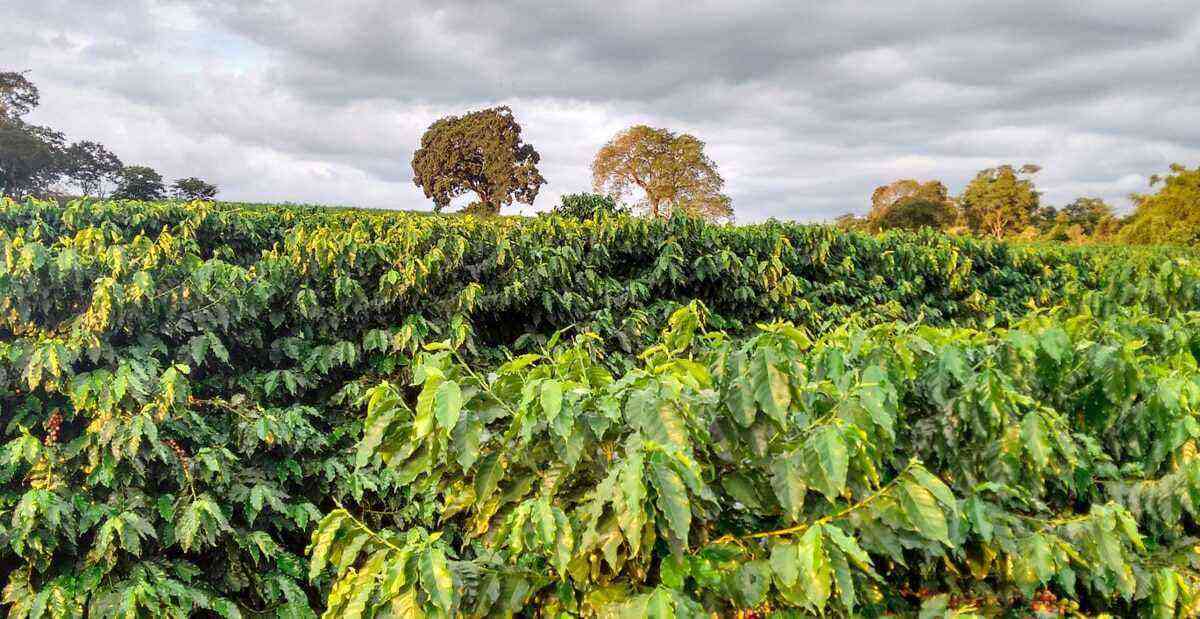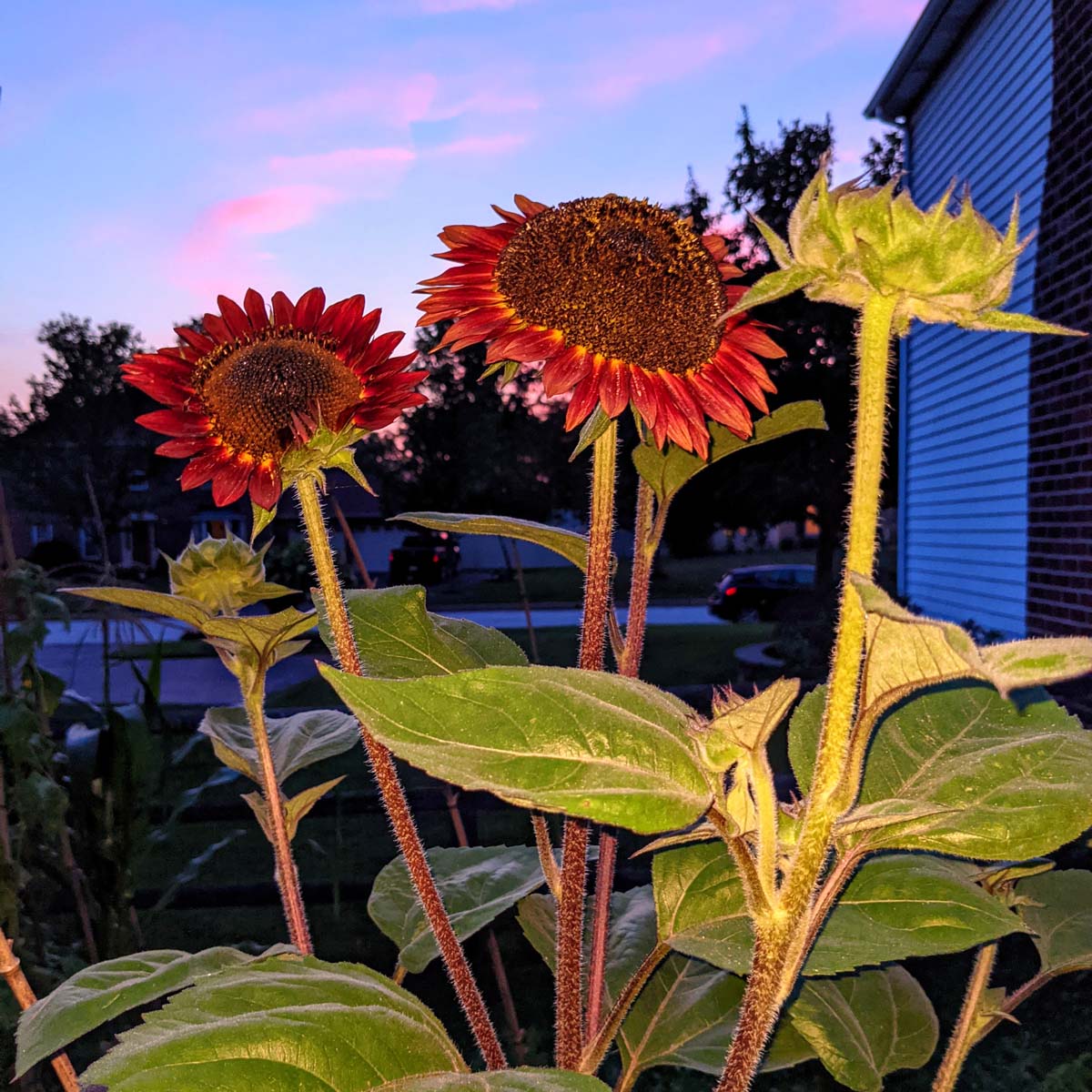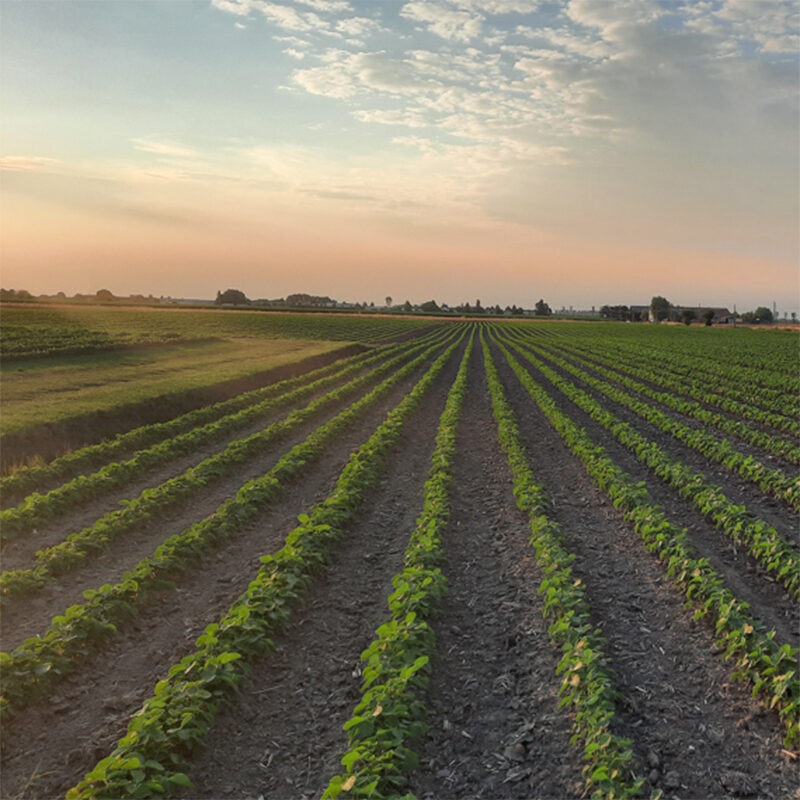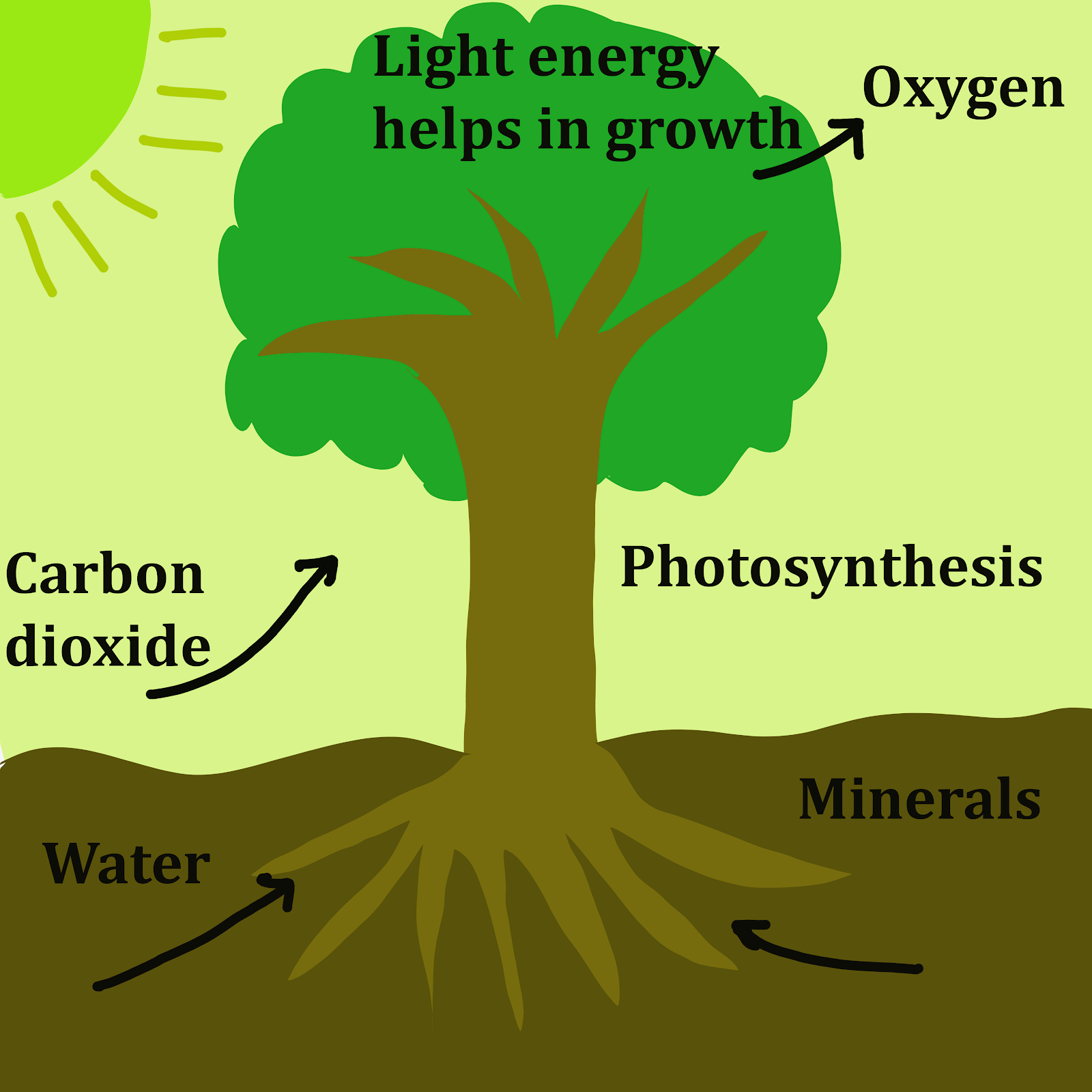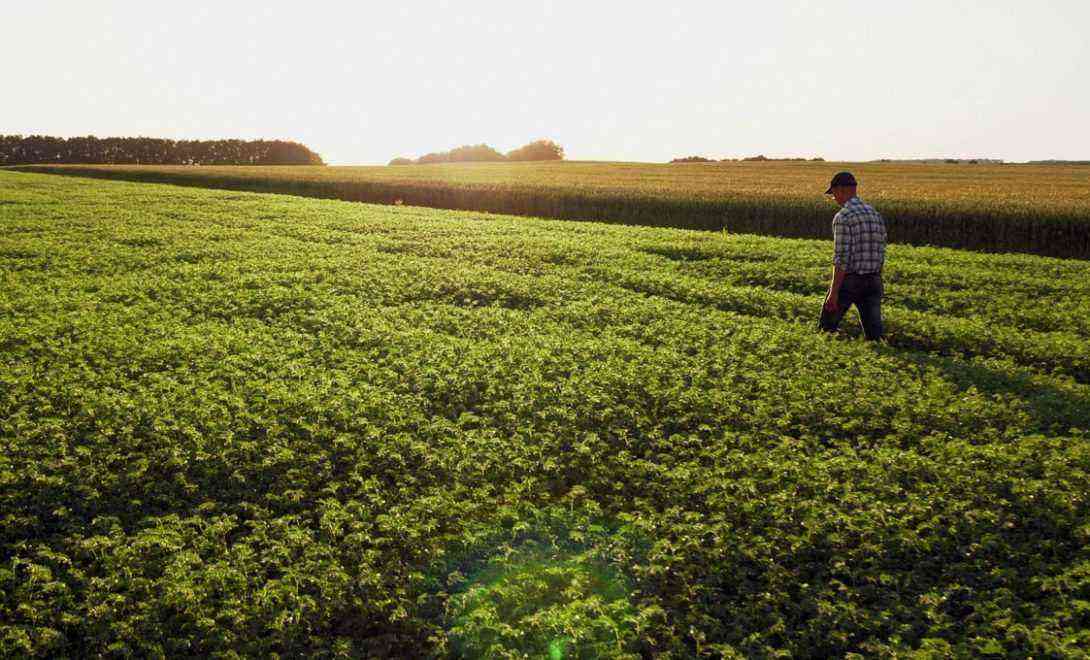Brazil is the largest coffee producer in the world and ranks second in consumption. It is a very important culture for the country’s economy. Therefore, there are important points that cannot be ignored when producing this grain, so valued in the world market.
Each stage of production has essential technical characteristics for success in the final product. They are care linked to the climate, soil, fertilization, among others, which guarantee the success of the harvest and the quality of this product.
Check out five points important in coffee planting and see how they influence the result.
The ideal soil and climate for coffee planting
The quality of the coffee produced depends on actions from the beginning of planting, in the choice and preparation of the land. It is very important to provide favorable conditions for the plants to develop in a healthy way.
Soil topography, which are all the characteristics of an area, and its quality, are important to achieve satisfactory results during harvesting. The steeper the terrain, the greater the costs involved in the mechanization used in planting and this can even compromise the use of combines.
Therefore, flatter terrains are better for this type of crop, facilitating all the processes around cultivation. The soil must be at least 1 m deep and not show excessive characteristics such as being stony or sandy.
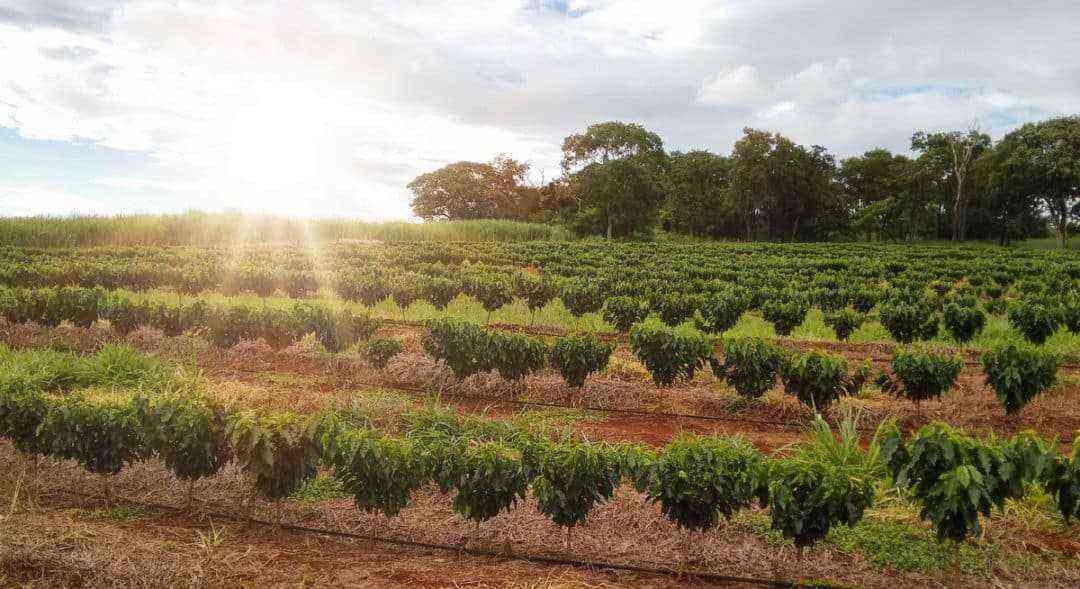 In addition to the soil, the climate is another factor that influences coffee planting.
In addition to the soil, the climate is another factor that influences coffee planting.
In addition, the ideal climate also facilitates the results. The most cultivated commercial varieties tend to adapt better to temperatures ranging from 18°C to 26°C.
It is not by chance that Brazil is the largest coffee producer, because its tropical climate is favorable for the cultivation of the plant, covering conditions that favor different varieties.
The formation of seedlings
The formation of seedlings is the starting point to produce healthy plants, a process that requires technical knowledge and dedication.
These seedlings are taken from mother plants in tested coffee plantations, free of diseases and with good performance. Registered seeds are acquired and guarantee the producer.
 The production of seedlings is a fundamental factor for the plants to develop healthy.
The production of seedlings is a fundamental factor for the plants to develop healthy.
To start the process, which lasts about 150 days or more, a preparation is made with soil, organic matter and fertilizer to form the substrate, making it ready to receive the seeds.
The nurseries have shade cover and the plastic bags, used to accommodate the seedlings, must have size and resistance for them to grow healthy. To be planted, the seedlings must have at least three pairs of leaves and a good root system.
The process around the seedlings can determine the success of the coffee grower, as some of these small plants look good on the outside, but may have problems in the future. Hence the importance of having registered nurseries.
The planting process
Small holes are made, prioritizing the removal of more fertile land, which will be mixed with fertilizer to plant the seedlings. This process can be manual or mechanical, depending on the dimensions of the land and the producer’s resources.
The spacing is also chosen by the producer himself, as it depends on factors such as the equipment used, the topography of the land, the fertility of the soil and so on.
Planting is normally done during rainy seasons in order to help the soil adapt. The plants are mulched around to keep this soil moist and lessen the chances of weeds around the plant.
Intermediate crops to coffee plantations
Interim crops are those made during the entire coffee plantation process. They become an alternative source of income for the producer.
They do not affect the performance of coffee plantations at all, on the contrary, they can represent shading, minimizing climatic effects.
The coffee grower can opt for corn, soybeans, beans, peanuts, pineapples, rice and even rubber trees. But, you should pay attention to the spacing, at the time of intercalating, so that the cultures do not harm the performance of each other.
In the coffee plantation it is also possible to make consortium with vegetables. Check it out on video below:
Source: Luiz Valeriano.
Good practices for coffee plantations
It is not enough to be careful with the seedlings and planting. Good practices for coffee plantations must be maintained in order to keep them healthy. First, weed control, done with manual weeding, herbicides, mechanical practices, or even the combination of all these techniques.
 The coffee grower must be attentive to the control of weeds that form in the coffee plantations.
The coffee grower must be attentive to the control of weeds that form in the coffee plantations.
After planting, chemical analyzes of the soil are carried out to verify the fertilization needs. The idea is to supply the possible nutrient deficiency.
There are many pests that can affect the coffee plantation, so the best way to fight it is through prevention, hence the need for so much care.
In general, attacks made by pests or the emergence of diseases are fought with chemical control. Pruning is also a resource to remove compromised parts, but it is a delicate process, because if done wrongly, it can hinder the development of the coffee plantation.
the time of harvest
After all the journey, from planting the seedlings to maintaining the health of the feet, it is time for the harvest. The right moment occurs when most fruits mature, called the cherry phase.
The harvesting process is by stripping on the cloth or on the ground, which means removing the fruits manually and releasing them in these places. Today, coffee growers also rely on the mechanization of the harvest, which has been growing year after year, as a way of reducing costs, speed and greater yield. Then, the drying process is carried out on terraces with the aid of dryers.
 Harvesting can also be mechanized. The machine does the work of approximately 200 men.
Harvesting can also be mechanized. The machine does the work of approximately 200 men.
There are many details surrounding coffee and its planting. In short, these are practices that aim at quality throughout the process, whether in terms of technical aspects or the dedication of the producer.
Undoubtedly, those who pay attention to the smallest details come out ahead in terms of quality in that market. It is interesting that the important points in coffee planting are followed.
In addition, the producer must always be looking to learn more and more about how to maintain health and provide an increasingly better performance of the plant.
For this reason, the study is so important and has already brought up so many effective practices in the care of coffee plantations.
Also check out our article on the main coffee producing regions in Brazil.


